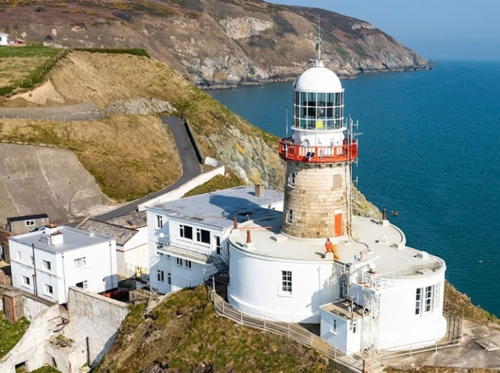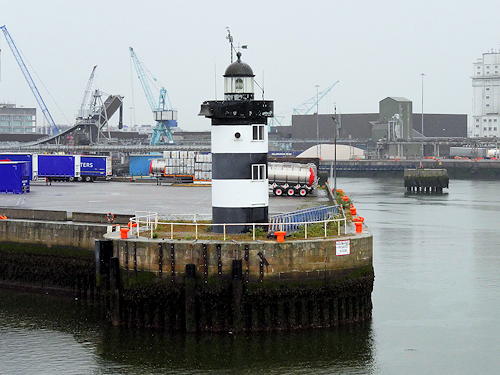The smaller of the two main British Isles, the island of Ireland is separated from Great Britain to its east by the North Channel, the Irish Sea, and St George's Channel. Ireland came under English rule in the 16th and 17th centuries and in 1801 the United Kingdom of Great Britain and Ireland was formally established. Following decades of struggle most of Ireland (about 7/8 of the island) became independent in 1922. The northern portion remained in the United Kingdom, forming the present United Kingdom of Great Britain and Northern Ireland.
The modern Republic of Ireland (Éire in Irish) includes 26 of the 32 historic counties of the island and has a population of more than 5 million. Some of the historic counties have been divided and there are now 31 county and city units of local government.
The island of Ireland is traditionally divided into four provinces: Leinster in the east, Munster in the southwest, Connacht in the west, and Ulster in the north. These regions have no administrative function but they remain convenient and well-known divisions of the island. The Republic includes all of Leinster, Munster, and Connacht and one county of Ulster. This page covers lighthouses of Leinster (Laighin in Irish, pronounced "Lenster" in English). Along its coast Leinster includes the modern counties of Louth, Meath, Fingal, Dublin City, Dun Laoghaire–Rathdown, Wicklow, and Wexford.
Shipping is heavy along this coast, facing England and Wales across St. George's Channel and the Irish Sea. The coast is guarded by a series of historic and well-known lighthouses maintained by the Commissioners of Irish Lights. Founded in 1786 by the Irish Parliament, the Commissioners maintain lighthouses in both Northern Ireland and the Irish Republic. Less well known are a number of harbor lighthouses, including several rare screwpile lighthouses.
Irish and English are official languages in Ireland. English predominates, but many can speak Irish and Irish is spoken commonly as a first language in some areas along the west coast. The Irish phrase for a lighthouse is teach solais (plural tithe solais). Oileán (plural oileáin) is an island, cuan is a bay, inbhear is an estuary, rinn is a cape, and chuain is a harbor. A lough (pronounced like the Scottish loch) is a lake or an inlet of the sea.
ARLHS numbers are from the ARLHS World List of Lights. CIL numbers are from the light list of the Commissioners of Irish Lights. Admiralty numbers are from Volume A of the Admiralty List of Lights & Fog Signals. U.S. NGA numbers are from Publication 114.
- General Sources
Commissioners of Irish Lights - Aids to Navigation - An interactive map leads to pages for each of the CIL lighthouses.
- Pete's Irish Lighthouses
- Peter Goulding's informative blog on the lighthouses of Ireland.
- Great Lighthouses of Ireland
- This website provides information on twelve Irish lighthouses CIL has identified for tourism development. Two (Hook Head and the original Wicklow Head High Light) are in Leinster.
- Online List of Lights - Ireland - East Coast and South Coast
- Photos of Irish lights by various photographers posted by Alexander Trabas.
- Ireland Lighthouses
- Aerial photos posted by Marinas.com.
- Lights of Ireland
- Photos by John Eagle posted by Bill Britten on his Lighthouse Getaway site.
- Lighthouses in the Republic of Ireland
- Photos available from Wikimedia; many of these photos were first posted on Geograph.org.uk.
- World of Lighthouses - Ireland
- Photos by various photographers available from Lightphotos.net.
- Britische Leuchttürme auf historischen Postkarten
- Historic postcard images posted by Klaus Huelse. Irish lighthouses are at the bottom of the page.
- GPSNavigationCharts
- Navigation chart information for Ireland.
- Google Maps
- Satellite view of Ireland's east coast.

Wicklow Head Light, Wicklow, August 2024
Google Maps photo by Jens Currlin














